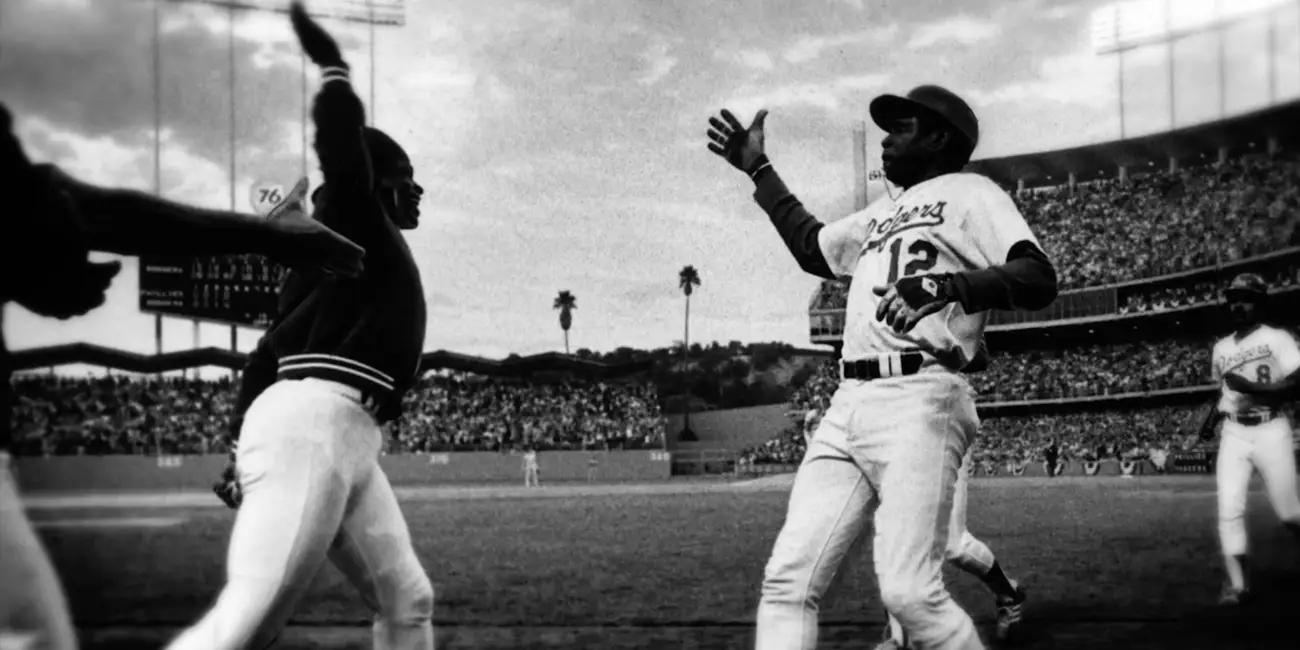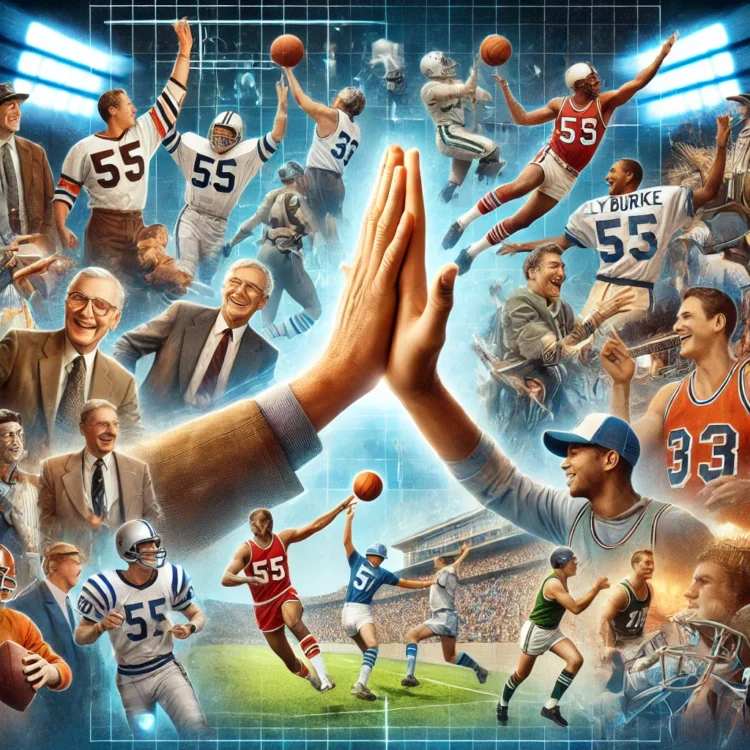Ever noticed how a simple gesture can bring people together, celebrate a victory, or even make someone’s day? Enter the high five—an iconic sports gesture that has transcended sports and embedded itself in everyday culture. But how did this ubiquitous hand slap come to be? Let’s dive into the fascinating history and origins of the high five.
Historical Context

Early Celebrations in Sports
Before the high five became a staple in sports celebrations, athletes had other ways to express their excitement and achievements. Think about the classic pat on the back, the handshake, or even a triumphant jump in the air. These gestures were all about connecting and celebrating, but something was missing—a spontaneous, dynamic way to share the joy in the moment.
Social and Cultural Milestones
Gestures have always played a significant role in human interaction. From ancient rituals to modern-day greetings, physical celebrations have evolved across cultures. The high five, in particular, marks a unique point in this evolution, blending athleticism with a sense of camaraderie that is instantly recognizable.
The Invention of the High Five

The Key Moment
The high five as we know it today can be traced back to a specific moment on October 2, 1977. It was a regular day for the Los Angeles Dodgers, but what happened during that game would go down in history.
The Dodgers were up against the Houston Astros, and the game was intense. Outfielder Dusty Baker had just hit his 30th home run of the season, a remarkable feat. As he rounded the bases and headed towards home plate, fellow player Glenn Burke was there, waiting with his hand raised in celebration.
The Iconic Sports Gesture
Without missing a beat, Baker slapped Burke’s raised hand. That simple, instinctive move—hand to hand, in mid-air—was the birth of the high five. It was an electric moment that captured the joy and spontaneity of the sport, and it resonated far beyond the confines of the baseball field.
Spread and Popularization

Adoption in Sports
The high-five quickly caught on. Soon, it wasn’t just baseball players exchanging high fives—athletes in basketball, football, and even soccer adopted the gesture. It became a universal symbol of achievement and camaraderie.
Media Influence
Television, newspapers, and sports commentators played a crucial role in spreading the high five. As games were broadcast and recapped, the high five was highlighted as a key moment of celebration. The media turned the high five into a recognizable and repeatable act, making it a staple in sports highlights.
Cultural Integration
The high five’s popularity didn’t stop at the sports arena. It seeped into everyday life, becoming a common way for people to celebrate successes, greet friends, or just share a moment of joy. From classrooms to boardrooms, the high five became a go-to gesture for positive reinforcement and connection.
Variations and Evolutions

Different Types of High Fives
Over the years, the high five has seen several variations. The low five, the double high five, and even the air high five have all found their place in the world of celebratory gestures. Each variation adds its own flavor, yet they all maintain the core spirit of the original high five.
Modern Use
In today’s digital age, the high five has even found its way into virtual interactions. Virtual high fives are exchanged in video calls and online chats, proving that the gesture’s essence transcends physical boundaries. It’s a testament to how enduring and adaptable the high five is.
The Legacy of the High Five
Impact on Sports Culture
The high five has become more than just a gesture; it’s a symbol of sportsmanship and team spirit. It encapsulates the essence of teamwork and the collective celebration of success. In sports, a high five can uplift a teammate, motivate a player, and even energize a crowd.
Psychological Effects
Studies have shown that physical gestures like high-fives can have positive effects on team morale and individual motivation. A simple high five can boost confidence, reinforce positive behavior, and create a sense of unity. It’s a powerful reminder of how human connections can elevate performance and well-being.
Continued Popularity
The high five’s enduring popularity lies in its simplicity and universal appeal. It’s a gesture that requires no words, yet it speaks volumes. Whether on the sports field, in the workplace, or among friends, the high five remains a beloved and lasting way to share joy and celebrate achievements.

